The first interface: How drawing shapes product thinking
Lessons in visual thinking from Leonardo da Vinci and filmmakers for modern product builders
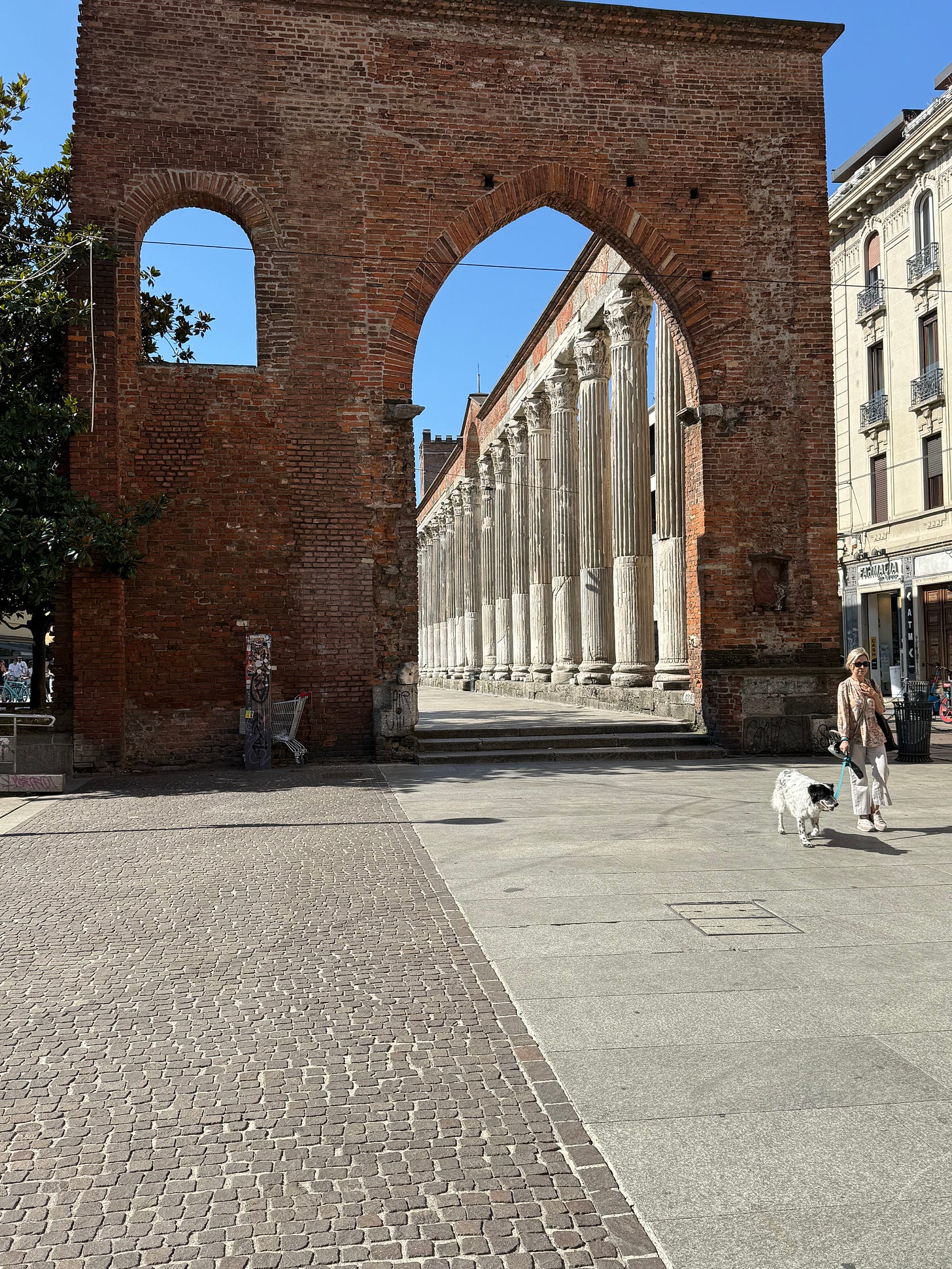
☀️
Around 10:30 am in Milan, the summer sun was already warming the stony streets as my wife and I debated how to spend our limited morning hours. We would be attending an old friend's wedding later that day, but wanted to experience at least a slice of the city's cultural offerings before donning our formal attire.
"The Museum of Science and Technology isn't far," my wife suggested, scrolling through options on her phone. "And it's open now."
A few minutes later, we stood at the museum's reception desk, tickets in hand. "We only have about 45 minutes before we need to head back," I explained to the receptionist. "What should we prioritise?"
She smiled knowingly. "The Leonardo da Vinci section," she replied, pointing toward a corridor on our right. "It's the heart of our collection."
Leonardo's notebooks: A product thinker's inspiration
Off we went, weaving through the museum's grand halls until we reached the entrance to Leonardo's world. There, on a simple plaque, was a revelation that would stay with me after we left Milan:
Leonardo used drawing not merely as documentation, but as a method of investigation, of inquiry, of communication. His sketches weren't just records of finished ideas - they were the laboratory where his ideas were born and tested.
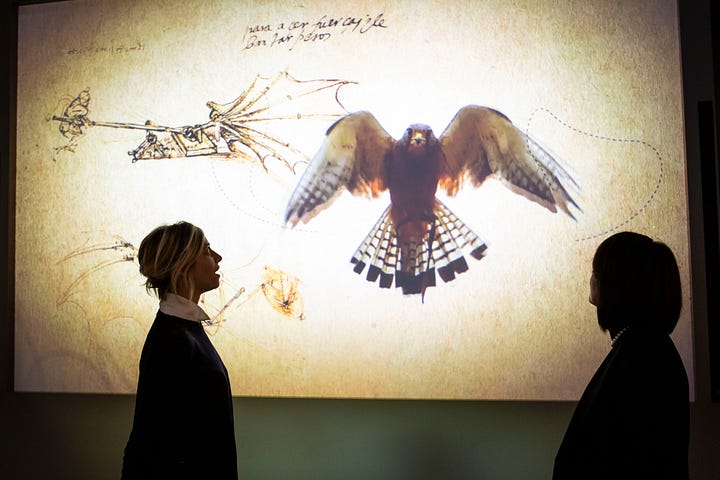
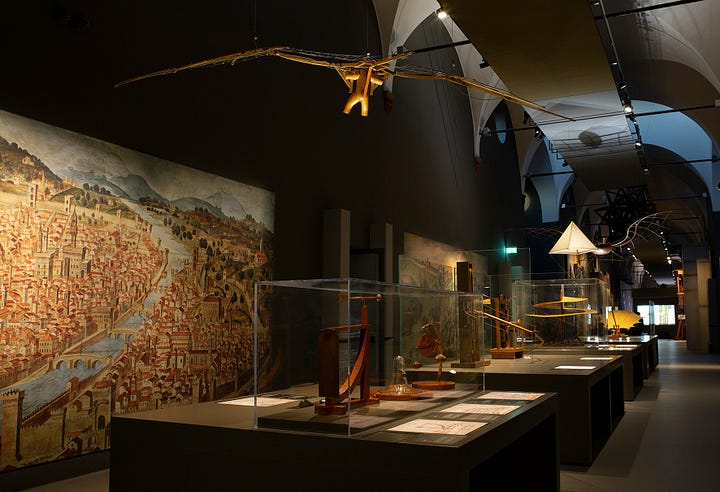
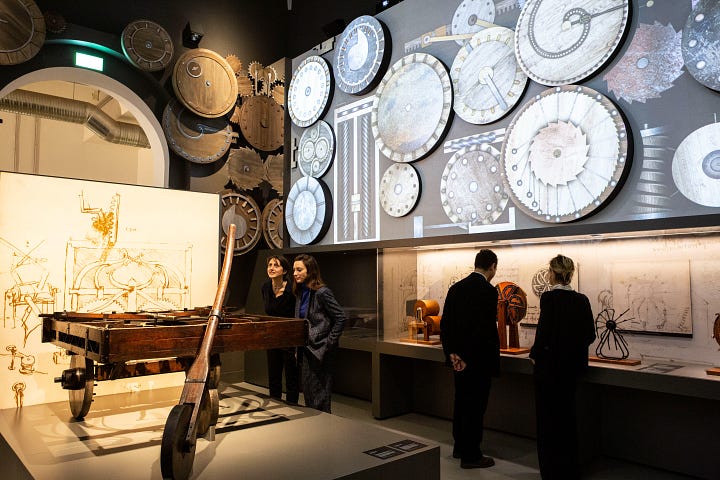
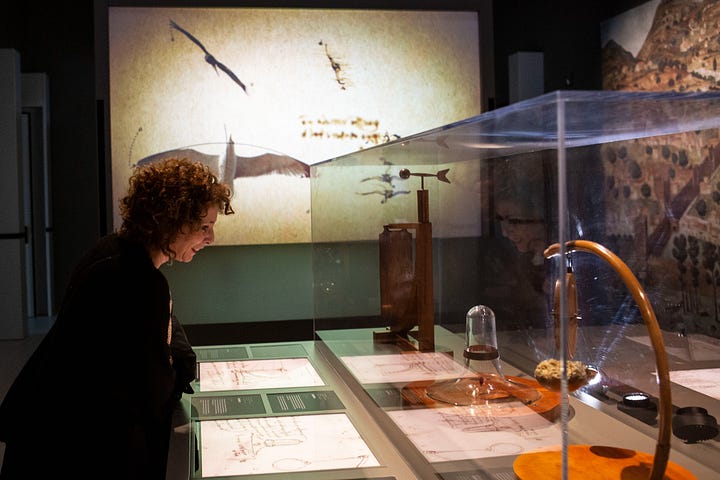
Standing among wooden models crafted from his centuries-old drawings - flying machines, water wheels, and mechanical marvels - I found myself pondering how we make products in the digital age, and how we are underutilising this fundamental practice of thinking through drawing.
Before the camera rolls: Visual thinking in film
Five days later, on our last day in Milan, with afternoon flights looming, we had a few precious midday hours to spend. Walking near the Duomo, we stumbled upon the Osservatorio Fondazione Prada - a contemporary art space, another friend had enthusiastically recommended earlier in our trip.
"A Kind of Language: storyboards and other renderings for cinema" read the exhibition banner.
Inside, the space was transformed into a tribute to visual thinking in filmmaking, with hundreds of storyboards, sketches, and visual plans from directors such as Hitchcock, Satyajit Ray, Miyazaki, Wes Anderson, Christopher Nolan, and others covering the walls and display tables.
🎬
Wandering through the exhibition, I found myself drawn to the Fantasia storyboards tucked away in one corner. There was something special about seeing Mickey's "Sorcerer's Apprentice" sequence (I found an unofficial clip on YouTube) laid out by hand – those simple blue hat sketches that became iconic animation. I've loved that sequence since childhood, and seeing the planning behind the magic added a new dimension to my appreciation.
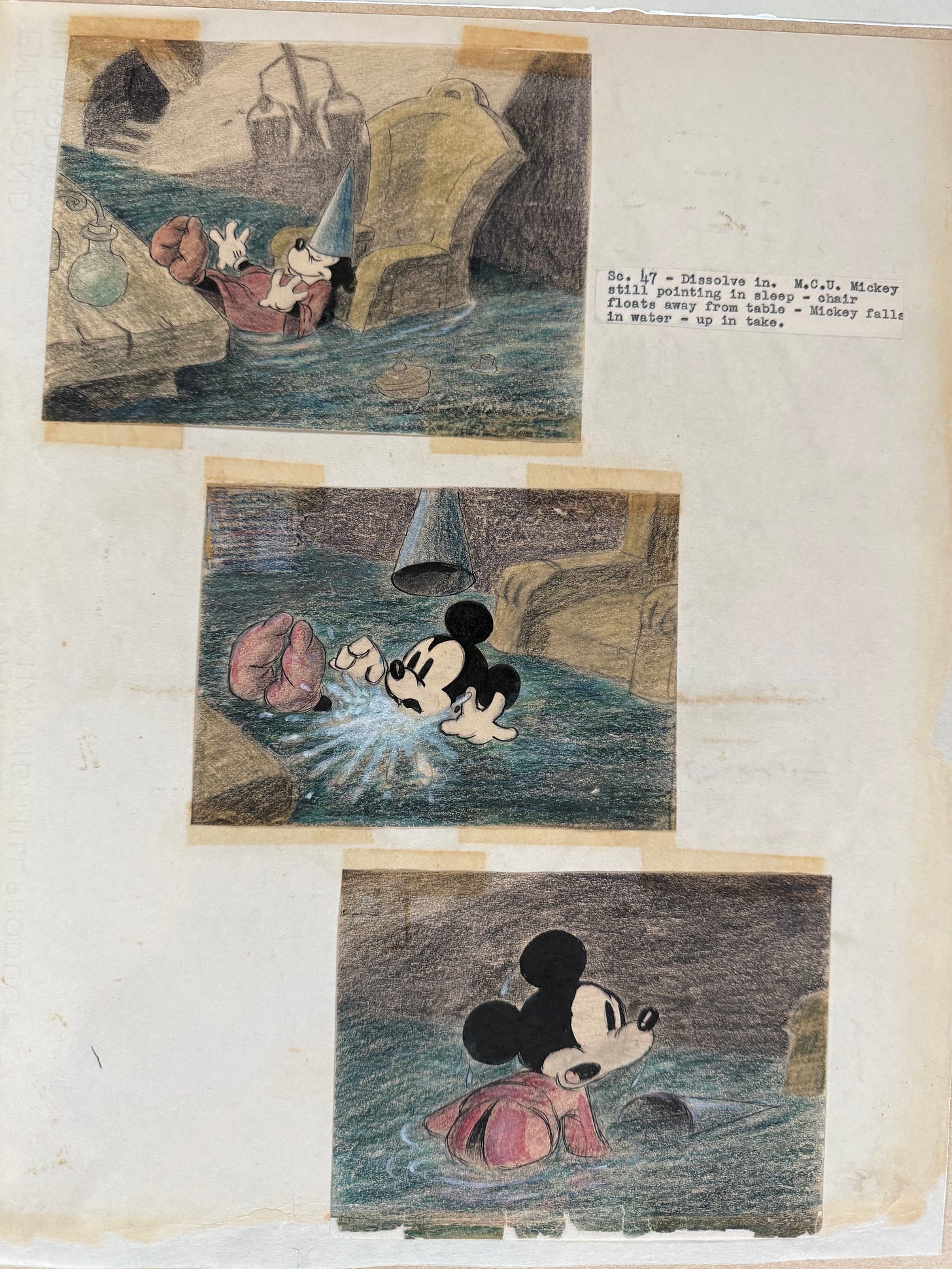
The Interstellar boards caught my attention too – they showed the dramatic water planet sequence with massive tidal waves. Seeing how they'd planned those shots of the team racing against time, water rushing in around them, it gave me a fresh understanding of how that heart-pounding sequence was choreographed before filming. These likely helped Nolan design the escalating danger by carefully planning when to reveal the wave, how to frame the characters against its massive scale, and how to intercut between the immediate search mission and the approaching threat - no actual shoot needed.

I enjoyed the Popeye boards, with their exaggerated poses and expressions, drawn in simple lines. They show how much personality even basic drawings can convey.
What struck me most was how these storyboards served multiple purposes – planning tools, communication devices, and problem-solving canvases all at once. Each represented a step in translating imagination to screen, revealing the thoughtful process behind some truly memorable cinematic moments.
Many more such photos keep my iCloud subscription alive and thriving - apparently, my phone's favourite hobby is being a digital hoarder!
Anyway.
The exhibit transported me back to my early career at what I’d like to loosely call an animation studio, where storyboarding was our daily ritual. Walking through the exhibition, I recognised that familiar creative process of exploring a narrative visually without expensive production.
The competitive edge of visual thinking
The symmetry was interesting. From Renaissance workshops to Hollywood studios, innovative minds across centuries have turned to visual thinking to solve complex problems.
In an industry where everyone has access to the same technologies, frameworks, and methodologies, how do you create meaningful differentiation? The answer might lie in how your team thinks together.
Companies can obviously outspend or outcode their competition, but a smarter and more efficient way would be to outthink them. And this advantage can come not just from what tools teams use, but how they use their collective cognitive abilities.
Visual thinking provides several advantages
💡 It reveals connections invisible to linear thinking. When information is externalised visually, patterns emerge that remain hidden in documents and spreadsheets. Teams that think visually can spot market opportunities, technology integrations, and experience gaps that competitors miss because they're trapped in silos of text.
📚 It accelerates learning velocity. Visual exploration allows teams to fail faster and cheaper. A five-minute sketch can reveal flaws in logic that might take weeks to discover in development. This faster feedback loop means visually-oriented teams can explore more solution spaces in less time.
🌍 It transcends language barriers. In global companies, visual thinking creates bridges across linguistic and cultural divides. Where words may be misinterpreted, visualisations create common ground that strengthens international collaboration.
👀 It makes assumptions visible. When ideas remain in our heads or buried in documents, assumptions hide unchallenged. Drawing forces clarity - you can't sketch a vague concept. This surfacing of assumptions leads to better early-stage decisions and fewer expensive pivots later.
🧠 It builds stronger memories. Research consistently shows we remember visual information better than text alone. Teams that think visually develop a stronger collective memory of decisions, context, and learnings.
❤️ It invites emotion and empathy. Drawings can capture the human element of product development in ways spreadsheets never will. A simple sketch of a frustrated user carries emotional weight that influences decision-making in meaningful ways.
Milan in my notebook: Bringing the lessons home
As my flight left Milan behind, I found myself sketching ideas in a notebook -something I hadn't done in months. The museums were now thousands of miles away, but their essence travelled with me.
Perhaps what captivated me most was the glimpse into their process - the beautiful, messy, visual thinking that made their creations possible. They didn't draw just because they were artists. They drew because they were thinkers wrestling with complex problems, just as we do every day.
When we reduce drawing to a specialised skill for designers, we miss its deeper purpose. Drawing isn't about creating artefacts to be judged; it's about externalising thoughts to be explored. It's about making the invisible visible, the complex graspable, the abstract concrete.
So perhaps the question isn't whether your team should draw more, but what might become possible if you did - what connections might form, what assumptions might surface, what innovations might emerge when you allow ideas to flow through hands as well as minds.
After all, the next breakthrough product, like Leonardo's flying machine or Nolan’s imagined worlds, may be just a sketch away.
Hi there!
I'm Kaushal, a product leader. My true thrill comes from understanding what users crave. That's my jam.
Excited to share insights on product work, personal growth, and navigating the professional jungle.
Thanks for reading Purple Monk. Subscribe for free for new posts & support my work.








